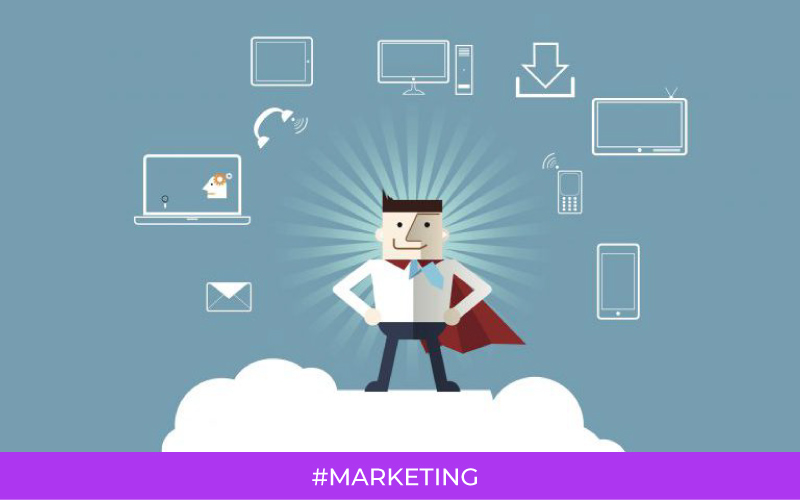Digital marketing saves tourism sector
Brexit, recession, oil prices, strikes, … Tourism companies, despite of all their charm, are often threatened by external factors, completely out of their control. Fortunately, they have digital marketing on hand, not only for protecting their business, but also for converting risks into opportunities.
The collateral effect of most economic crisis in tourist source countries would be minimized by a conclusive fact: tourists will always seek cheaper alternatives to arrive to their destination. Internet is there to provide them with it!
Credit: Eran Ketter, PhD
Accommodations sector in the midst of digital transformation
Let’s exclude Airbnb, they have set up a business model able to generate even more revenue in crisis periods. Ho-ho-ho!
Now, hotel chains are rather (it’s never too late) aiming at increasing their turnover through e-commerce. For example, Melià plans to invest 100 million euros in digital transformation by improving their online sales channels and developing ‘apps’. Will they get ROI? Absolutely!
Do all property owners have 100 million euros to invest? Absolutely not!
With social network monitoring and their e-commerce gateway plugged to the main online booking platforms, a good marketing-booking management duo can play with price offers and launch webmarketing campaigns targeted on undecided and disconcerted vacationists in many source countries.
Mobile phone, a personal tourist guide in the pocket
In the meantime, Mark and Julia have decided to spend their holidays in Mallorca. Wanting to avoid the risk of committing money in advance and have the guarantee of getting the lowest prices, this young couple is content to have only the flight ticket and the room booking in their hands. With this, their so dreamed trip is at least ensured. For the rest, they prefer to choose and pay for it in situ.
Millenials call this: “I take control of MY experience”.
Indeed, smartphones have turned consumers into immediacy worshipers. As a matter of fact, more than 66% of activities are chosen during and after the flight.
Welcome to the connected transportation
The plane takeoff marks the beginning of the destination experience. Ok, physically Mark and Julia are not there yet, but their minds are totally set on the Mallorcan streets and beaches. It is exactly at this moment where inflight ads reach all their potential in favor of the brands determined to get to the top of mind choices.
Currently, 86% of passengers look for tourism advertising in inflight magazines, we can easily assume that this number will switch to inflight digital media.
Destinations become smart
Until recently, we valued a city according to its monuments and the hospitality of its people. Lately I realised that as tourists we also value the experience in a city through its digital facilities. It is an invisible layer but it definitively provide 3 main benefits to visitors: gain of time, opportunity discovering and money saving.
By these means, I saw a bunch of germans in downtown Barcelona, instead of asking to passersby, started seeking on their smartphones the best tapas their budget could pay that night.
The trend has far exceeded 50% and continue growing.
Intelligence is linked to memory, that is why big data analytics and retargeting advertising are making so much noise nowadays.
When tourists will be back home, there will be sufficient data on their preferences to allow marketing specialists to be there when they plan the next trip.
Is your marketing strategy ready for tourism crisis?
Hum… To be pragmatic, let’s put it as a checklist:
- A website and e-commerce store optimised for mobile
- Online marketing strategy before, during and after flight
- A marketing team monitoring trends in the tourist source markets
- A share (at least 20%) of your marketing budget allocated to new digital media






